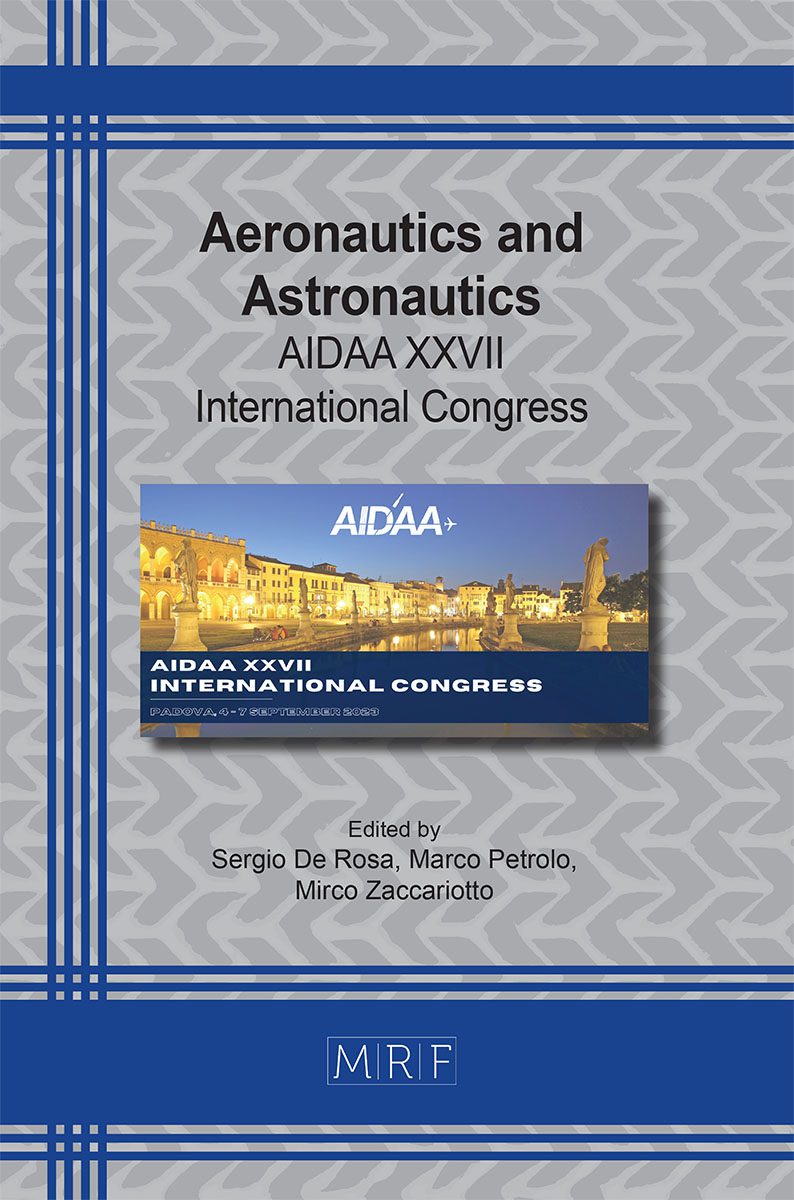Integration in controlled airspace: definition and validation of link loss contingency procedures for RPAS in terminal manoeuvring areas
G. D’Angelo, G. Pompei, A. Manzo, G. Riccardi, U. Ciniglio
download PDFAbstract. Remotely Piloted Aircraft Systems (RPAS) are increasingly becoming a part of our day-to-day lives. The vast range of possible applications in both military and civil contexts (e.g. border surveillance, search and rescue, civil protection) is creating a new industry with a large economic potential that, consequently, is pushing the rulemaking and standardization authorities to define and publish the rules, standards and procedures the industry has to comply with in order to integrate its products with the Air Traffic Management System. From an operational perspective, the challenge lies in integrating the worlds of manned and unmanned aircraft in a safe and efficient way allowing both types of aircraft to share the same airspace. An aspect of this challenge consists in defining and validating operational procedures and technical capabilities that allow to manage safely the RPAS even when a (Command and Control and/or ATC radio) link loss occurs. This paper is aimed at describing the procedures for the management of link loss events that affect RPAS flying under Instrument Flight Rules (IFR) in a Terminal Manoeuvring Area (TMA). This paper also describes the distributed facility used to validate such procedures by means of real time simulations in an Italian operational scenario with pilots and Air Traffic Controller (ATCO) in the loop. Positive feedback was provided by both ATCO and Remote Pilots (RPs) on the overall acceptance of the proposed operational procedures which were considered satisfactory even in non-normal conditions (e.g.: degradation of the communication channel quality). The insertion of RPAS in TMA was considered feasible, even in case of single or multiple Command and Control Link Loss (C2LL) contingencies. The experiment described in this paper was part of the SESAR 2020 Programme, PJ13 ERICA project.
Keywords
RPAS Integration, Terminal Manoeuvring Area (TMA), Contingency
Published online 11/1/2023, 5 pages
Copyright © 2023 by the author(s)
Published under license by Materials Research Forum LLC., Millersville PA, USA
Citation: G. D’Angelo, G. Pompei, A. Manzo, G. Riccardi, U. Ciniglio, Integration in controlled airspace: definition and validation of link loss contingency procedures for RPAS in terminal manoeuvring areas, Materials Research Proceedings, Vol. 37, pp 99-103, 2023
DOI: https://doi.org/10.21741/9781644902813-22
The article was published as article 22 of the book Aeronautics and Astronautics
![]() Content from this work may be used under the terms of the Creative Commons Attribution 3.0 license. Any further distribution of this work must maintain attribution to the author(s) and the title of the work, journal citation and DOI.
Content from this work may be used under the terms of the Creative Commons Attribution 3.0 license. Any further distribution of this work must maintain attribution to the author(s) and the title of the work, journal citation and DOI.
References
[1] CANSO, ANSP CONSIDERATIONS FOR UNMANNED AIRCRAFT SYSTEMS (UAS) OPERATIONS, 2019. https://canso.org
[2] ICAO, Doc 10019 Manual on Remotely Piloted Aircraft Systems (RPAS), February 2019.
[3] SESAR 2020, PJ.10-05-W1 V2 OSED SPR/INTEROP v01.00.00, July 2020. https://doi.org/10.5005/pid-2-1-iv
[4] EUROCONTROL, RPAS ATM CONOPS V4.0, February 2017.
[5] Alessandro Manzo et al 2023 J. Phys.: Conf. Ser. 2526 012103. https://doi.org/10.1088/1742-6596/2526/1/012103
[6] EASA, Advance Notice of Proposed Amendment, 2015-10.
[7] EASA, Commission Implementing Regulation (EU) No 923/2012. https://www.easa.europa.eu
[8] SESAR 2020, PJ13-W2-117 Validation Report (VALR) for V2, December 2022.
[9] Richard M. Fujimoto (Georgia tech) & Richard M. Weatherly (MITRE), HLA TIME MANAGEMENT AND DIS, 1999.












